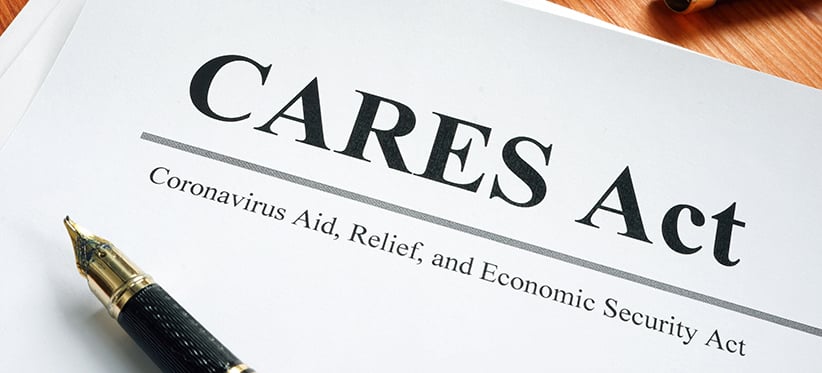The Coronavirus Air, Relief and Economic Security (CARES) Act signed on the 27th March provides an unprecedented level of support to the US aviation industry in these most challenging of times. It also perhaps puts down a marker on how much support other Governments will need to provide to both keep their own aviation sectors alive but perhaps more importantly maintain a competitive playing field for the industry post COVID-19.
In normal times aviation contributes some US$2.7 trillion to global GDP, that is around 3.6% of total production, if aviation were a country then it would rank 20th[1], just behind Turkey and ahead of Switzerland. There are few industries of such importance, particularly now with the movement of urgent cargo supplies and in the future recovery of the global economy.
By normal measurement criteria the CARES Act was passed with supersonic speed, contains some 247 pages of detail and thousands of words; it’s a good read apparently….and with any new piece of legislation the devil is in the detail and interpretation. It will certainly keep lawyers and aviation experts occupied for some time. For the aviation industry the most relevant parts are contained in a Department of Transportation Docket – DOT-OST-2020-0037; that’s only 98 pages to read! The docket references OAG as the definitive source of data and a key measurement point of the levels of services to be operated; it’s always nice to get a mention, I guess!
The objective of the legislation is to ensure that in exchange for supporting the airlines that minimum levels of service were maintained in all markets and that communities were not adversely affected by the withdrawal of services. The logic seems sensible, especially in a country as large as the United States and with few other alternate modes of public transport but takes no account of the demand for such capacity or the seasonal nature of some markets. Whilst those airlines classified as “small carriers” and offering less than 10% of the total market capacity have secured concessions around seasonal operations expert opinion is that there are anomalies in requirements placed on some airlines and in part the DOT appears to recognise this in a process of appeal that has been established.
The lack of any linkage to demand and subsequent capacity does however seem a missed opportunity to allow the airlines to operate services with reasonably commercial load factors; accepting of course the new dynamic of social distancing on aircraft. In the last month we have seen US airlines cancelling up to 35% of their scheduled domestic services; demand has collapsed, 10% load factors are now common on many services. Although too late for implementation perhaps some linkage of minimum service levels to acceptable load factors would have been helpful from both a commercial and environmental perspective.
Perhaps the most important part of the CARES act from an aviation perspective is the sentiment; rapid, large and powerful support for an essential industry. It also places a marker down for other Governments about the levels of support that they may need to offer. Some countries have already put similar levels of support forward; Singapore, the United Arab Emirates and Norway have all stepped up to the plate with varying degrees of support. Other countries will perhaps conclude that continued support of their national airlines is no longer possible and that those investment funds could be better used elsewhere leading to some of the industry consolidation that we have spoken about on many occasions before but in slightly happier times. Only time will tell on that front.
[1] GDP (current US$) World Bank, October 2019


